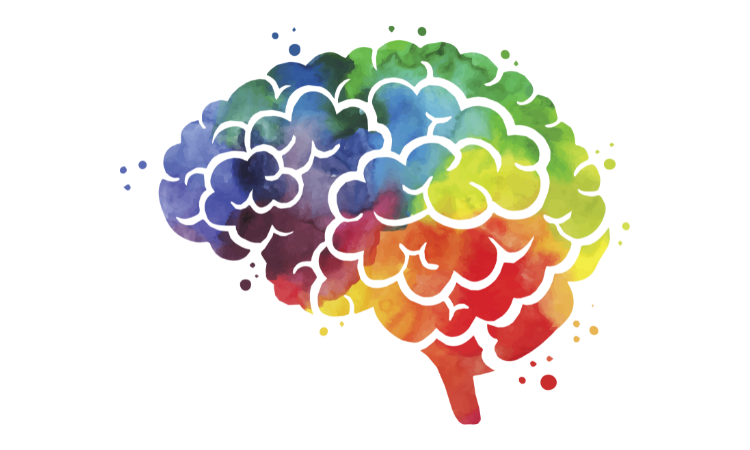Brand Identity:Your logo, website, and marketing materials should consistently reflect your chosen color palette to create a cohesive brand identity, reinforcing recognition and loyalty. Tata, for instance, uses blue in its branding, symbolizing trust and quality—values deeply rooted in its brand ethos.










